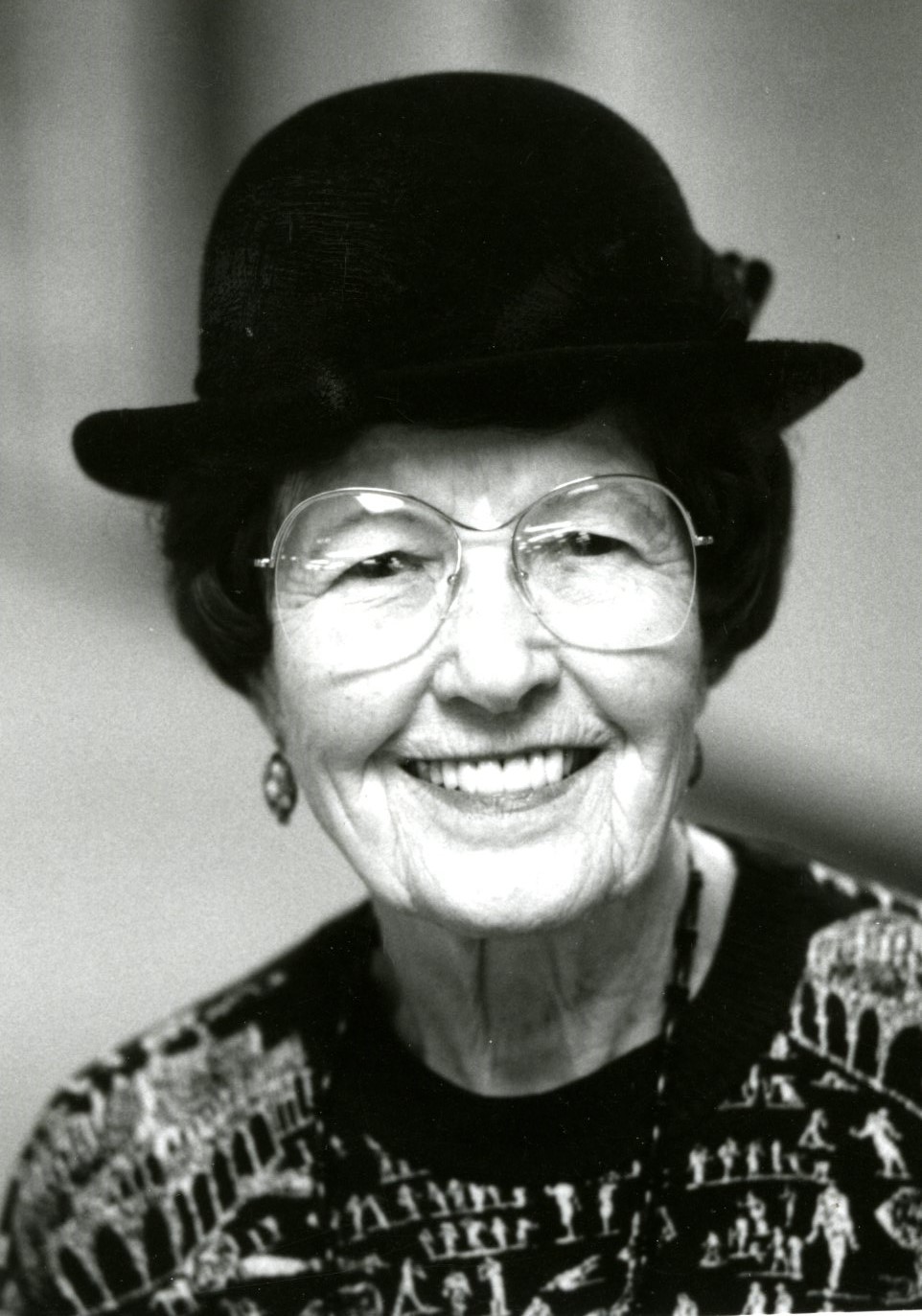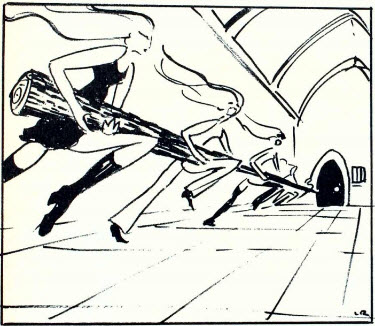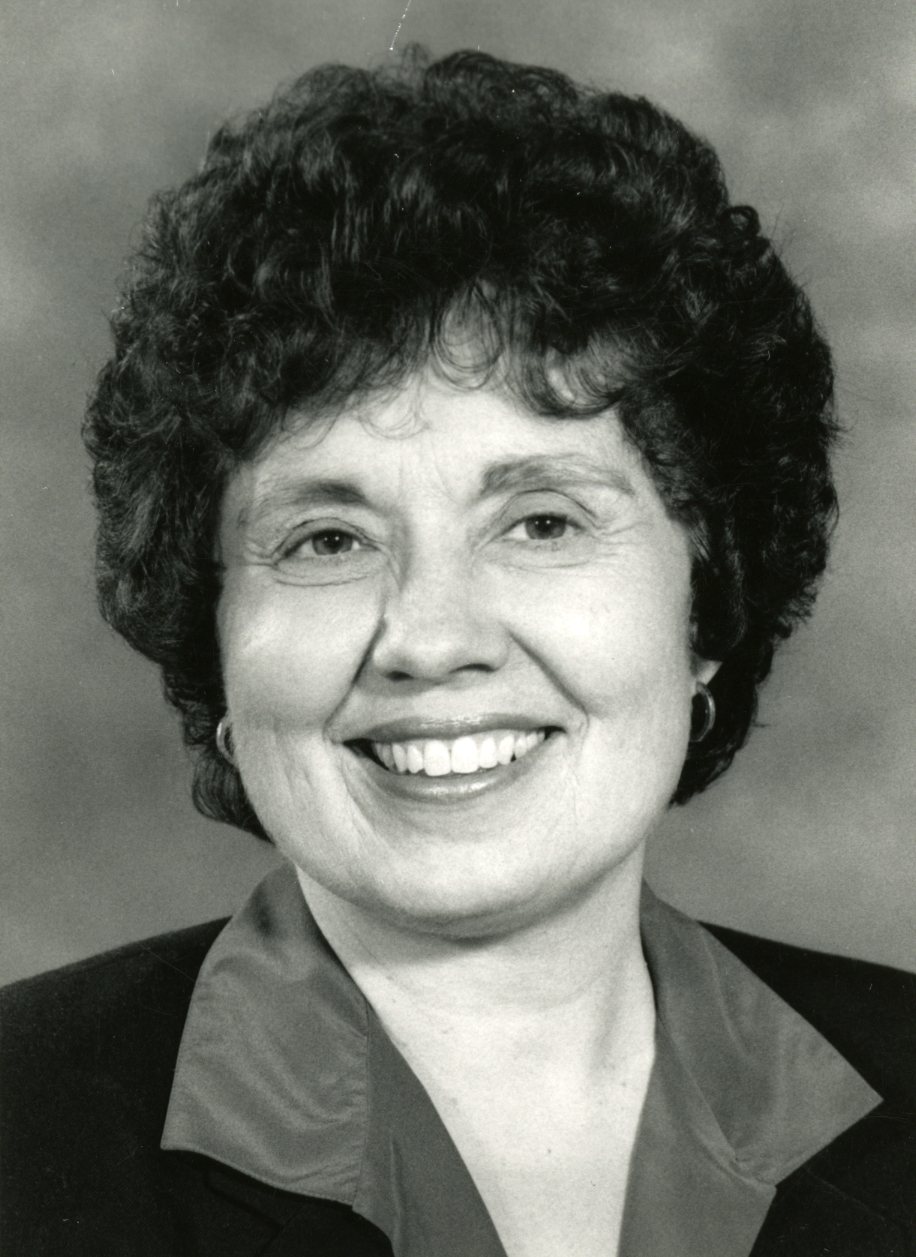 Dorothy Johnson was hired by Concordia College in 1953 as Fjelstad dormitory resident head and assistant to the dean of women. Soon after her arrival she founded the college’s Reading Service to improve students’ reading skills. She also developed an annual Conference on Reading at Concordia and became president of the Minnesota Reading Association in 1966.
Dorothy Johnson was hired by Concordia College in 1953 as Fjelstad dormitory resident head and assistant to the dean of women. Soon after her arrival she founded the college’s Reading Service to improve students’ reading skills. She also developed an annual Conference on Reading at Concordia and became president of the Minnesota Reading Association in 1966.
Browse Entries
|
|
|
In 1888, Joachim Murie and Marie Frimanslund moved from Yavick, Norway to Moorhead, Minnesota and married soon thereafter. Together with Marie’s brother, Henrick, they purchased a homestead. Their first child, Olaus, was born on March 1, 1889. Marie gave birth to five more children, including Martin (1891) and Adolph (1899). In 1895, Joachim died at the age of thirty-seven likely due to tuberculosis. In April of 1899, Marie married Ed Winstrom, a Swedish bartender in Moorhead. Unfortunately, Ed died from tuberculosis two months into their marriage, but Adolph was already conceived. He was born September 6, 1899. In 1909, the family also adopted a girl named Clara. Olaus and Adolph both developed an interest in nature as boys. To help with family finances, they cut grass for their neighbors, worked for local gardeners, and hunted and fished alongside the Red River. Olaus and Adolph both attribute this time of camping, hunting, fishing, and canoe-making to stimulating their fascination with the natural world. |
|
|
|
|
|
|
|
|



